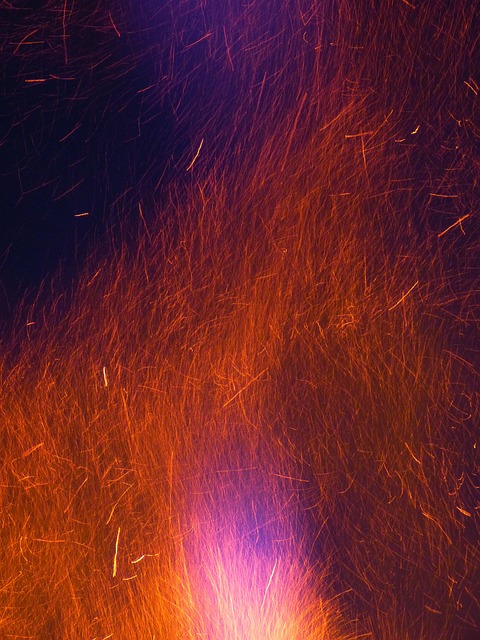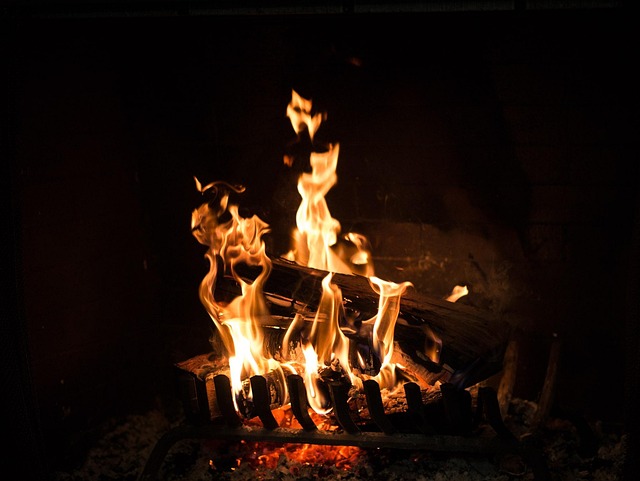Texas homeowners facing fire damage should prioritize understanding smoke's adverse effects on clothing, especially when filing insurance claims. This guide emphasizes documenting and preserving smoky items through photos, sealed containers, and notes. It recommends pre-treating clothes with gentle methods, washing in cold water, air-drying, and using specialized cleaning solutions to restore garments safely. Filing a successful fire damage insurance claim involves taking thorough photos, notifying the insurer promptly, participating actively in assessments, keeping records of expenses, and preserving clothing evidence.
Smoke damage can devastate clothing, leaving behind unpleasant odors, discoloration, and even permanent stains. This article guides Texas homeowners through the process of restoring smoke-damaged garments, offering a comprehensive understanding of the impact and a step-by-step restoration guide. Additionally, we provide valuable fire damage insurance claim tips tailored to Texas residents, ensuring you’re equipped to navigate the claims process effectively.
- Understanding Smoke Damage and Its Impact on Clothing
- The Restoration Process: Step-by-Step Guide
- Fire Damage Insurance Claim Tips for Texas Homeowners
Understanding Smoke Damage and Its Impact on Clothing

Smoke damage from a fire can leave clothing with unsightly stains, odors, and even physical disintegration. When smoke comes into contact with fabrics, it deposits ash, soot, and other harmful particles that can penetrate the material’s fibers. This not only discolors garments but also leads to a distinct, often unpleasant smell that can cling to clothing for extended periods. For Texas homeowners with fire damage, understanding these effects is crucial when filing an insurance claim.
Knowing how smoke interacts with textiles helps homeowners navigate their insurance process effectively. Fire damage insurance claim tips for Texas residents emphasize the importance of documenting and preserving smoky items, including clothing. This may involve taking photos, keeping affected garments in a separate, sealed container, and providing detailed notes on the damage observed. Such proactive measures can simplify the claims process and contribute to a smoother recovery following a fire event.
The Restoration Process: Step-by-Step Guide

Smoke damage from a fire can leave clothing with an unpleasant odor, discoloration, and even a waxy residue. The restoration process involves several careful steps to ensure your garments are cleaned effectively and safely. Here’s a step-by-step guide for recovering smoke-damaged clothing after a fire, tailored for Texas homeowners navigating a fire damage insurance claim:
1. Pre-treatment: Begin by gently brushing off any visible ash or soot from the clothing using a soft-bristled brush. This initial step is crucial, especially for delicate fabrics, as it prevents further embedding of particles into the fibers. For more stubborn stains, use a slightly damp cloth to wipe away residue; avoid excessive water as it might cause additional damage.
2. Washing: After pre-treatment, launder the garments separately using cold water and a mild detergent designed for delicate fabrics. Check with your insurance provider for specific washing instructions, as they may recommend or require certain cleaning methods to support your fire damage insurance claim in Texas. Never use bleach or strong detergents, as these can set smoke odors and stains permanently.
3. Drying: Air-dry the clothing instead of using a dryer. High heat from a dryer can set remaining smoke smells and even cause further fabric damage. Hanging garments outside to dry naturally is ideal for this step. If outdoor conditions are not suitable, consider using a low-heat hair dryer on a gentle setting to aid in the drying process.
4. Odor Removal: Smoke odor removal is a critical final stage. Use oxygenated cleaning solutions or specialized smoke and scent removal products recommended by fabric care professionals. Follow the product instructions carefully and ensure thorough application. This step may need repeating, especially for heavily sooted items.
Fire Damage Insurance Claim Tips for Texas Homeowners

When facing fire damage, Texas homeowners should be aware of their rights and the process involved in filing a successful insurance claim. The first step is to document the loss thoroughly by taking photos and videos of affected areas. This includes not only visible smoke and flame damage but also any structural changes and personal belongings impacted. Homeowners should then notify their insurance company as soon as possible, providing detailed information about the incident.
It’s crucial to keep records of all communications with the insurer and maintain a log of expenses related to temporary housing, living essentials, and other immediate needs during the restoration process. Insurance adjusters will assess the damage, and homeowners should actively participate in this process, asking questions and ensuring they understand the scope of coverage provided by their policy.
Smoke damage can be devastating to clothing, but with proper restoration processes, it’s possible to revive and preserve these items. Our guide has walked you through understanding smoke damage and its effects, as well as a detailed step-by-step restoration process. For Texas homeowners dealing with fire damage, navigating a fire damage insurance claim is crucial. By following the tips outlined in this article, you can ensure a smoother process and potentially recover more of your possessions, including those that require delicate smoke damage restoration.
